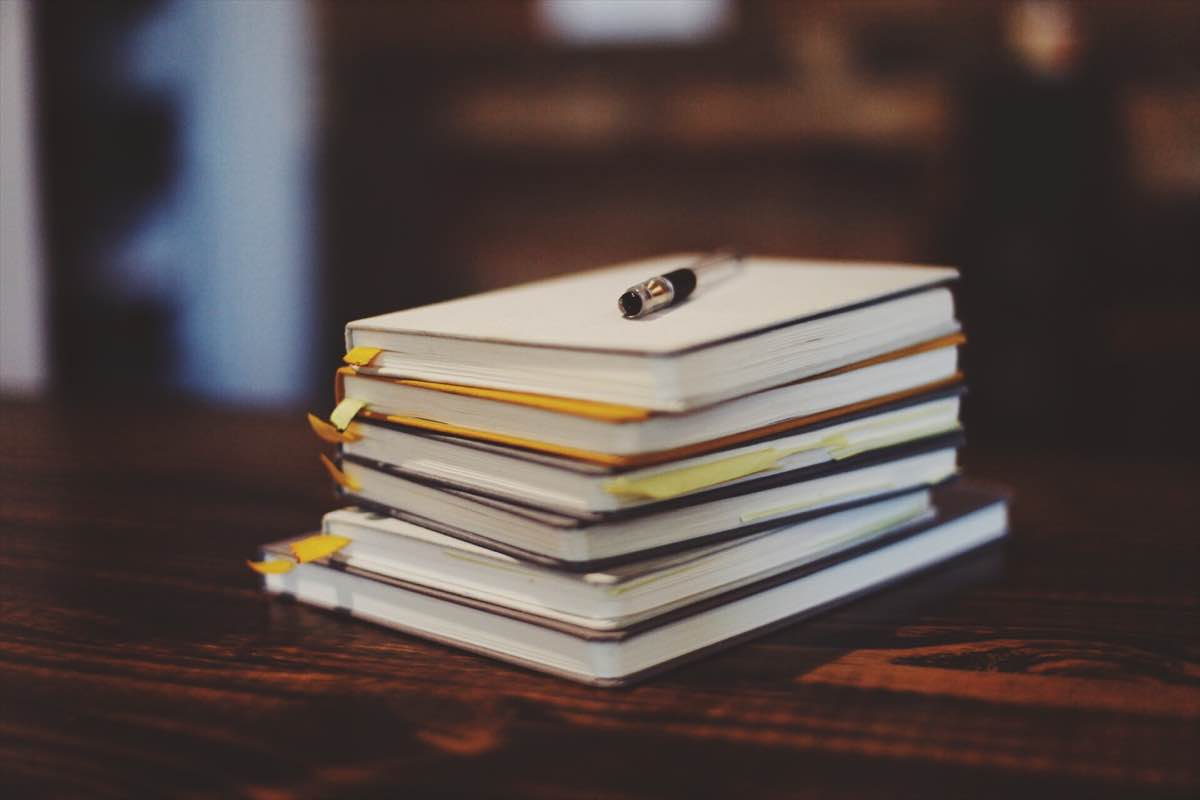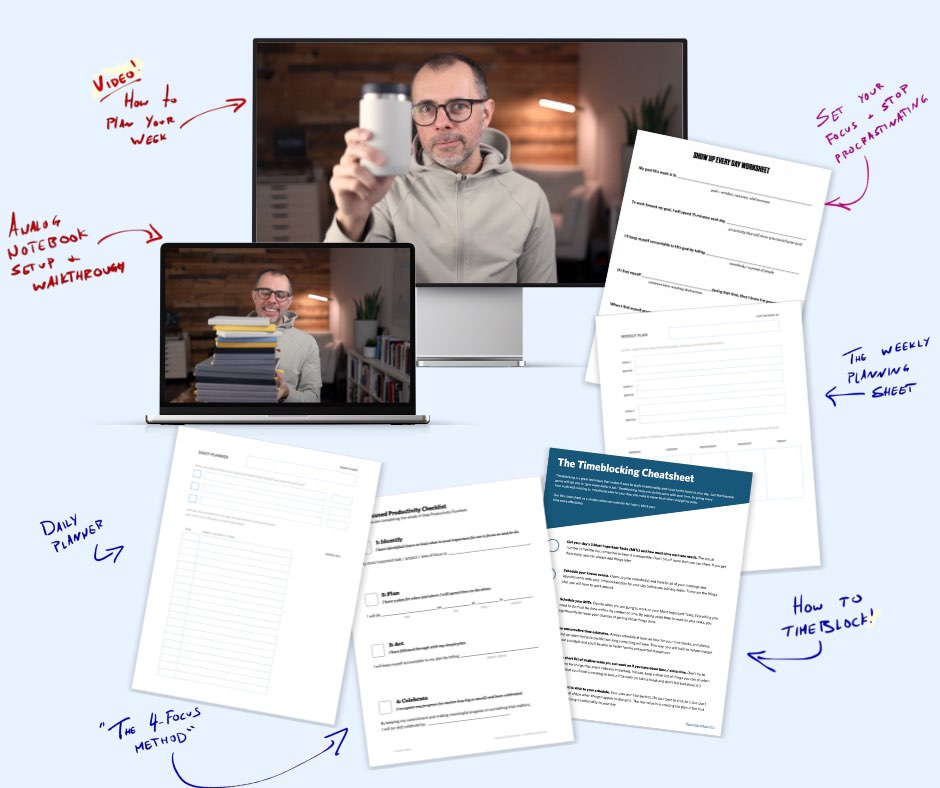A Look at My Hybrid Productivity Method — Using Both Analog and Digital for Task Management
There is a sort of inefficiency that comes with using both digital and analog tools for managing your tasks and your day. And that inefficiency is a feature, not a bug.
I have a “hybrid” productivity system that I’ve been using since 2013 or so, and it works very well for me.
I call it the Hybrid Method because it combines digital and analog. I use Things (digital) and a Baron Fig notebook (analog).
Note: You can get the full breakdown of my productivity system inside our popular masterclass, All the Things.
Every day, my most important tasks for the day are written down in my notebook, along with a general schedule for when I’ll be doing those tasks. Then, I use my notebook for helping me stay focused during the day.
Things is where I keep everything else. Anything with a due date, as well as all the other administrative miscellany of my job all get tossed into Things.
Like many of you, I suspect, I am at my Mac or my iPad for the bulk of my working hours. And my iPhone is always within arm’s reach. And virtually all of the incoming tasks I need to capture are of the digital kind: they deal with emails, websites, files, etc. Things is great for capturing all of this, keeping it organized, and presenting it to me when I need to see it.
And but so, yes, I could easily (perhaps even more easily) keep everything in Things. But I prefer the hybrid approach for two reasons:
- There is something calm and concrete to the act of using a pen to write down my most important tasks onto a piece of paper. And, frankly, it’s nice to have a break from the screen.
- Secondly, it’s less distracting to have my task list written down on a notebook rather than in a digital app. As clean and simple as Things is, it still has buttons and options and other lists off to the side that I just don’t need to be thinking about right now.
And that, dear readers, are the roots of it. That’s the why of my Hybrid approach.
(In our productivity course, All the Things, I go into significantly more detail about exactly how these tools interact and the templates I use for my daily and weekly planning and reviewing.)

Moving Beyond Task Management
Additionally, I wanted to share with you a bit about the main “components” of my system, if you will.
As I’ve written about on many other occasions, actual productivity is about spending our time on the things that matter. And so, while having a nerdy approach for keeping track of tasks can be fun, there is a bigger picture to what I’m doing here.
My overall mindset toward productivity covers all the areas of my life and helps me stay healthy and productive day in and day out.
The components of it, in no particular order, are:
- Plan: Identify what matters. I do this daily, weekly, monthly, and annually.
- Act: Focus on and do what matters.
- Rest: Sleeping, relaxing, relationships, entertainment.
- Think: Let my brain wonder, noodle, etc.
- Review: Check in with where I’m at and what I’ve been doing. I do this daily, weekly, monthly, annually.
- Move: Get out of my head and into my body. (Moving and exercising is about more than physical health, it is also a huge booster for thinking and creativity.)
Each of these activities are important. And it’s helpful to see them all listed out next to one another. I can, at times, overemphasize a few while neglecting others. And when I do, it often ends up causing stress and having a negative impact on my productivity.
For example, I have learned that when a particular project at work becomes a bit more demanding, it is all the more important for me to get a good night’s rest and to keep my daily exercise routine.
That’s why, in All the Things, there are several videos to go in-depth on Planning, Acting, and Reviewing. There is an entire other section of the course that focuses only on systems for a more calm approach to productivity and easier task management. That’s why our course is also for those who use OmniFocus, Todoist, or another app — we’ll be diving into stuff that can be used no matter what app you use.
Design Your Ideal Weekly Schedule
Free → Video Workshop + Productivity Templates

If you want to reduce the busywork and distractions, then sign up here for instant access to a brief video workshop on How to Plan Your Week.
♥️ Quick Note: You’ll get access to the workshop, plus a few additional bonuses to help you overcome procrastination and deal with distractions so you can spend more time on the important work that matters.
